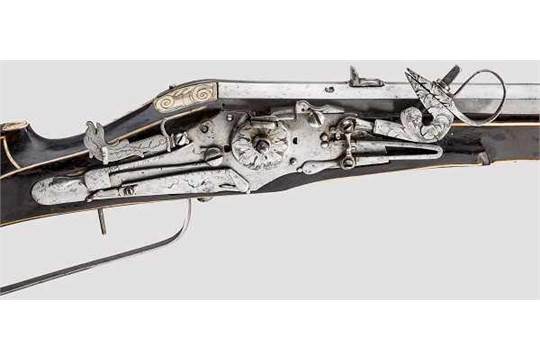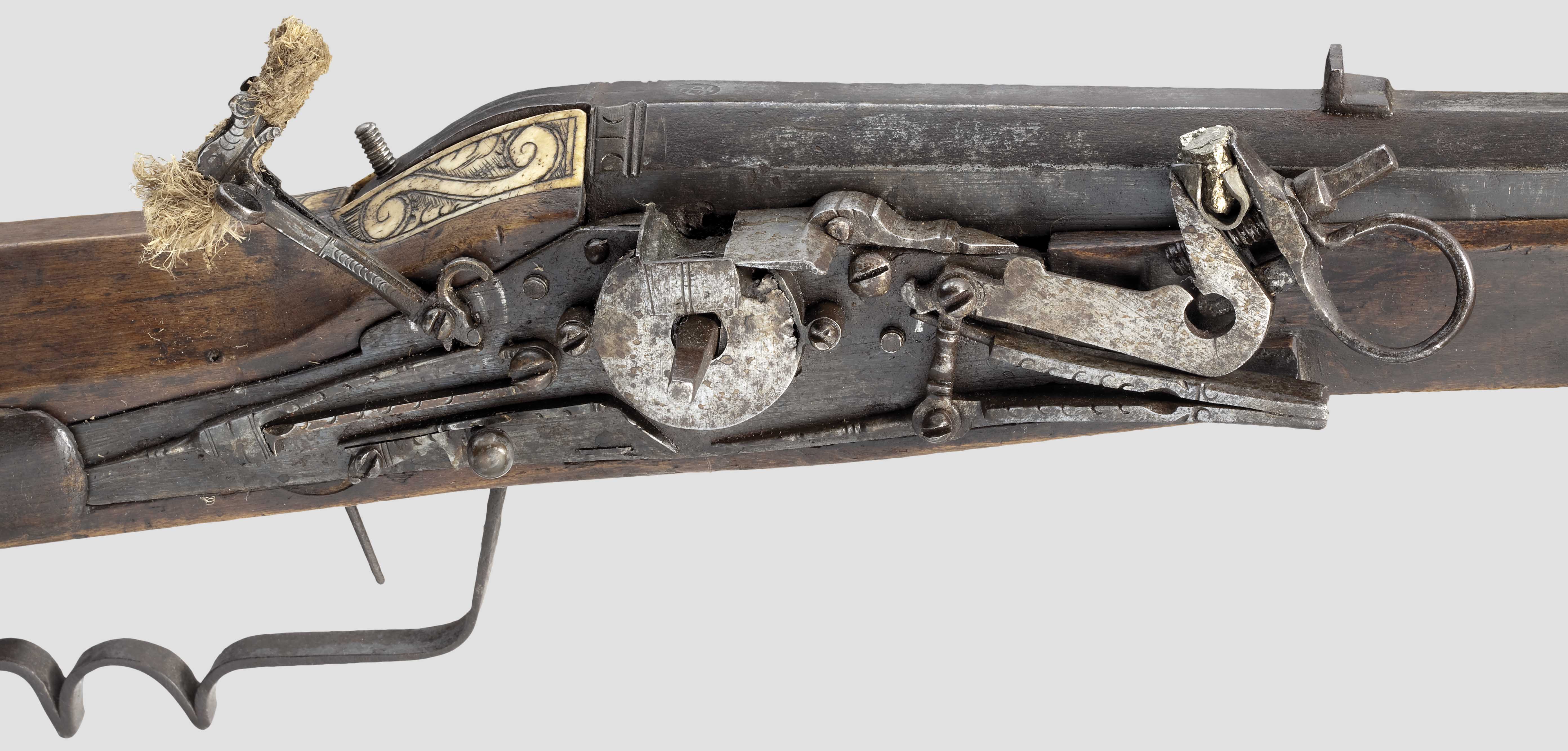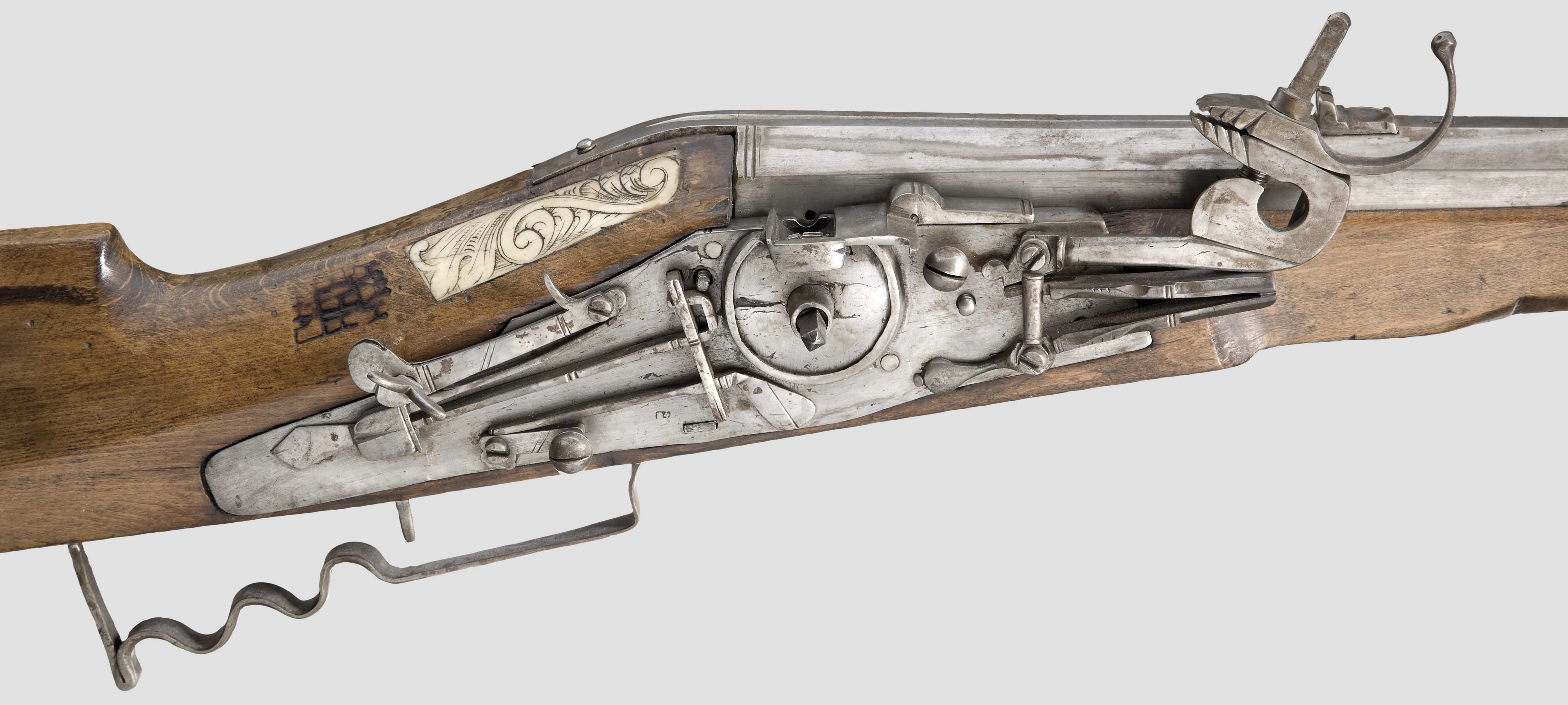Pukka Bundook
54 Cal.
Lee,
As is usually the case, we can never say "never" or "always" !
Having said that, European matchlock pistols are more or less unknown. I am sure they have it wrong in the Jamestown case, but not visited thread yet!
Henry V111 had some matchlock shield pistols , and some remain in the Tower or the collection in Leeds.
There were laws to forbid the making and carrying of such pistols in Europe in the early days, but to all intents and purposes, any examples have long since disappeared.
All the best,
Richard.
As is usually the case, we can never say "never" or "always" !
Having said that, European matchlock pistols are more or less unknown. I am sure they have it wrong in the Jamestown case, but not visited thread yet!
Henry V111 had some matchlock shield pistols , and some remain in the Tower or the collection in Leeds.
There were laws to forbid the making and carrying of such pistols in Europe in the early days, but to all intents and purposes, any examples have long since disappeared.
All the best,
Richard.











